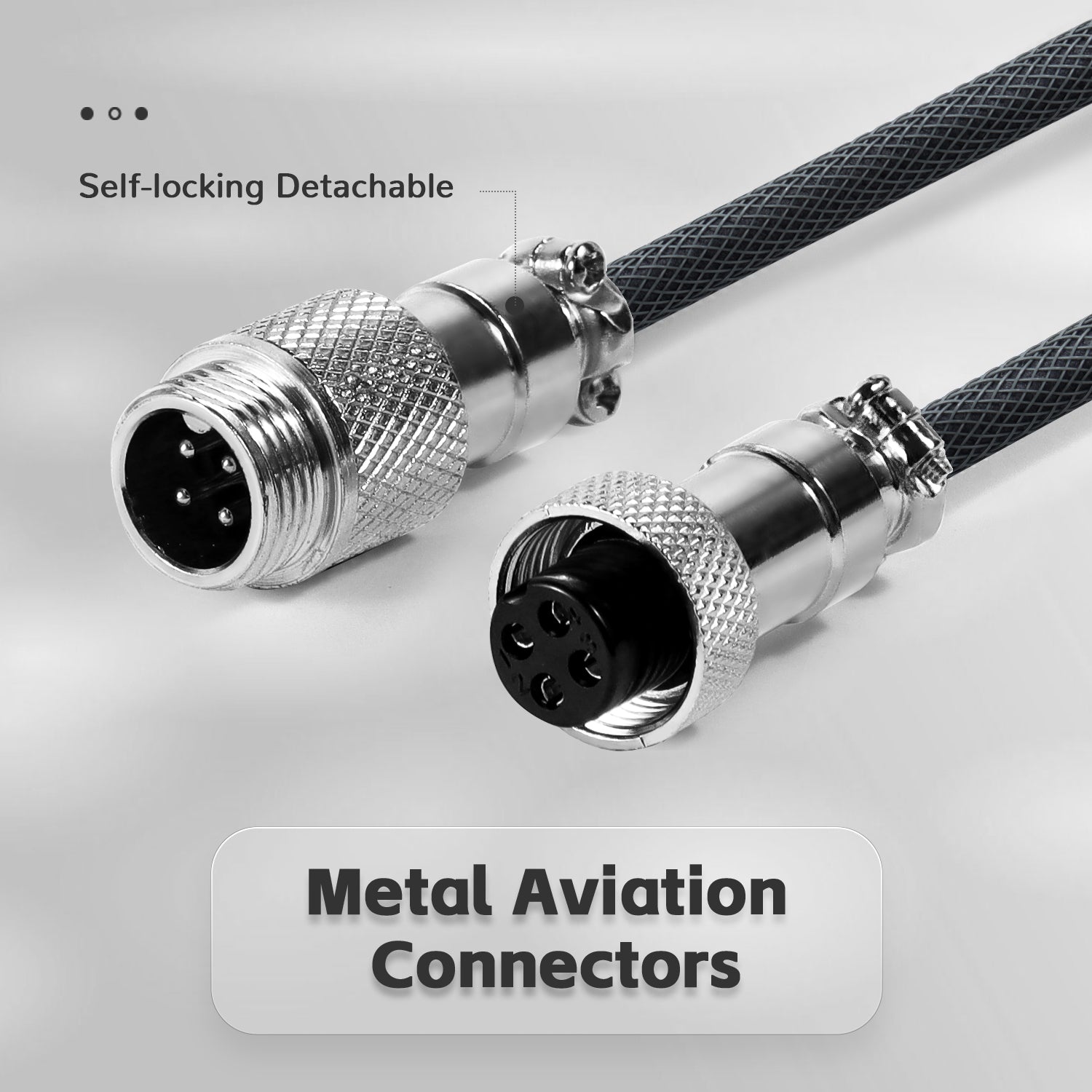Mechanical keyboards have gained immense popularity among gamers, typists, and tech enthusiasts alike. Understanding the mechanical keyboard parts is crucial for anyone looking to enhance their typing experience. This article delves into the key components of mechanical keyboards and their respective functions.

Key Switches: The Heart of Mechanical Keyboards
At the core of every mechanical keyboard are the key switches. These components determine the feel and sound of each keystroke. There are several types of switches, including:
- Linear switches: Smooth and quiet, ideal for fast typing.
- Tactile switches: Provide feedback with a noticeable bump, perfect for typists.
- Clicky switches: Offer both tactile feedback and an audible click, favored by those who enjoy a more pronounced typing experience.
Choosing the right switch can significantly impact your overall satisfaction with a mechanical keyboard. Have you considered what type of switch aligns with your typing style?
Keycaps: The Interface Between You and the Keyboard
The keycaps are the visible part of the keyboard that you interact with. Made from various materials such as ABS and PBT, keycaps come in different shapes, sizes, and profiles. The choice of keycap can affect not only the aesthetics of your keyboard but also its functionality. For instance, some keycaps are designed for better grip, while others may enhance the acoustics of the keyboard.
When selecting keycaps, consider the following:
- Material: ABS is cheaper but less durable than PBT.
- Profile: Different profiles can change the feel of your typing experience.
- Legends: Ensure the legends are clear and easy to read.
PCB and Backlighting: The Technical Backbone
The PCB (Printed Circuit Board) is the foundation of a mechanical keyboard. It connects all the switches and communicates with your computer. A high-quality PCB can enhance the keyboard's responsiveness and durability. Additionally, many modern keyboards feature customizable backlighting, allowing users to personalize their setup. This feature not only adds aesthetic appeal but can also improve visibility in low-light conditions.
Stabilizers: Ensuring Smooth Operation
Stabilizers are essential mechanical keyboard parts that prevent larger keys, such as the spacebar and enter key, from wobbling during use. They ensure a consistent feel across all keys, enhancing the overall typing experience. Properly installed stabilizers can make a significant difference in how a keyboard feels and sounds.
In conclusion, understanding the various mechanical keyboard parts can help you make informed decisions when purchasing or customizing your keyboard. Whether you are looking for performance, aesthetics, or comfort, each component plays a vital role in your typing experience. For those interested in enhancing their keyboard setup, consider exploring a range of accessories available at .








